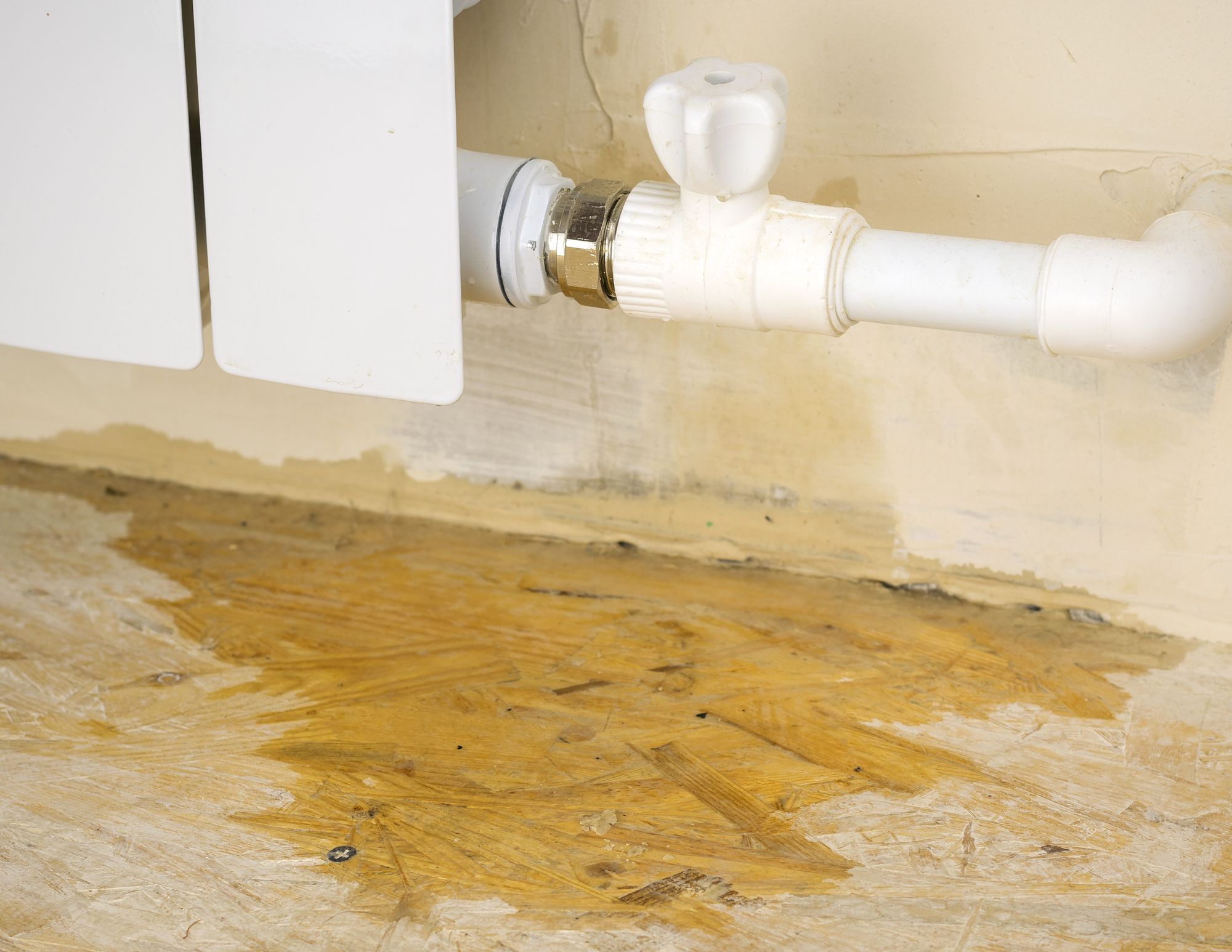Learn About the Most Frequent Causes Triggering Water Drips in Your House
Learn About the Most Frequent Causes Triggering Water Drips in Your House
Blog Article
Every person seems to have their own unique thinking with regards to How Fast Water Damage Can Ruin Your Home.

Leakages not just create waste of water yet can additionally create unneeded damages to your residence and promote unwanted organic growth. Water leakages may go unnoticed since many of the pipework in our house is hidden. By looking as well as understanding for day-to-day circumstances that cause leakages, you can safeguard your residence from future leaks and also unnecessary damages. Today, we will look at 6 leak triggers that might be causing your pipes to drip.
Encroaching roots
Many water leakages begin outside the house instead than inside it. You may discover damp spots or sinkholes in your yard, and also that may mean that tree origins are invading water lines creating water to leak out.
Rusty water systems
As time goes by, your plumbing system ages as well as deterioration such as rust might start eating away the pipelines. This may be the source of staining or bending on your water pipes. This requires an inspection with your plumber instantly. Think about changing the pipelines since they are at a greater danger of rust than the newer models if our plumbing system is old.
Malfunctioning Pipeline Joints
Pipeline joints can weaken over time, resulting in water leakages. If you have noisy pipelines that make ticking or banging noises, specifically when the hot water is transformed on, your pipeline joints are most likely under a great deal of stress.
Instant temperature adjustments.
Extreme temperature changes in our pipelines can create them to broaden as well as contract suddenly. This growth and contraction might trigger cracks in the pipelines, specifically if the temperature are below freezing.
Poor Water Connectors
At times, a leakage can be brought on by loosened hoses and pipes that provide your home appliances. More often than not, shifting is what creates the loosened water Links. You may locate when it comes to a cleaning maker, a hose might spring a leakage as a result of drinking during the spin cycle. In case of a water connections leak, you might see water running straight from the supply line or puddles around your appliances.
Blocked Drains
Obstructed drains pipes might be irritating and also inconveniencing, yet they can sometimes end up triggering an overflow leading to rupture pipelines. Maintain getting rid of any materials that might drop your drains pipes that might obstruct them to stay clear of such inconveniences.
All the above are sources of leakages but not all water leaks result from plumbing leaks; some leaks might come from roofing system leakages. All leaks must be repaired promptly to avoid water damage.
Leaks not only create waste of water but can additionally create unnecessary damages to your residence as well as promote undesirable natural growth. By recognizing and also looking for everyday situations that cause leaks, you can secure your home from future leakages as well as unnecessary damage. Today, we will look at 6 leakage triggers that might be causing your pipes to drip.
At times, a leakage can be created by loose tubes and also pipelines that supply your home appliances. In instance of a water links leakage, you might notice water running directly from the supply line or pools around your home appliances.
How To Check For Water Leak In Your Home
How To Check for Leaks
The average household's leaks can account for nearly 10,000 gallons of water wasted every year and ten percent of homes have leaks that waste 90 gallons or more per day. Common types of leaks found in the home are worn toilet flappers, dripping faucets, and other leaking valves. These types of leaks are often easy to fix, requiring only a few tools and hardware that can pay for themselves in water savings. Fixing easily corrected household water leaks can save homeowners about 10 percent on their water bills.
To check for leaks in your home, you first need to determine whether you're wasting water and then identify the source of the leak. Here are some tips for finding leaks:
Take a look at your water usage during a colder month, such as January or February. If a family of four exceeds 12,000 gallons per month, there are serious leaks.
Check your water meter before and after a two-hour period when no water is being used. If the meter changes at all, you probably have a leak.
Identify toilet leaks by placing a drop of food coloring in the toilet tank. If any color shows up in the bowl after 10 minutes, you have a leak. (Be sure to flush immediately after the experiment to avoid staining the tank.)
Examine faucet gaskets and pipe fittings for any water on the outside of the pipe to check for surface leaks.
Undetected water leaks can happen without the home or business owner even realizing. If you suspect a water leak, but not able to find the source. It is time to contact a professional water leak detection service, The Leak Doctor.
How To Find a Water Leak In Your Home
https://www.leakdoctor.com/blog/How-To-Check-For-Water-Leak-In-Your-Home_AE197.html

I hope you enjoyed reading our part on Common Water Leaks In House. Thanks for taking the time to read our short article. Do you know someone else who is in to the topic? Feel free to share it. We recognize the value of reading our article about Top Causes of Home Water Leaks.
Professional plumbers, immediate response. Report this page